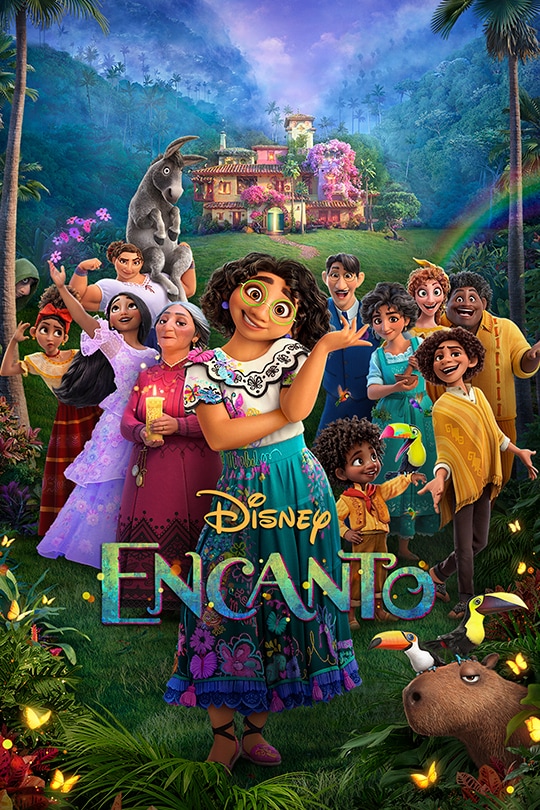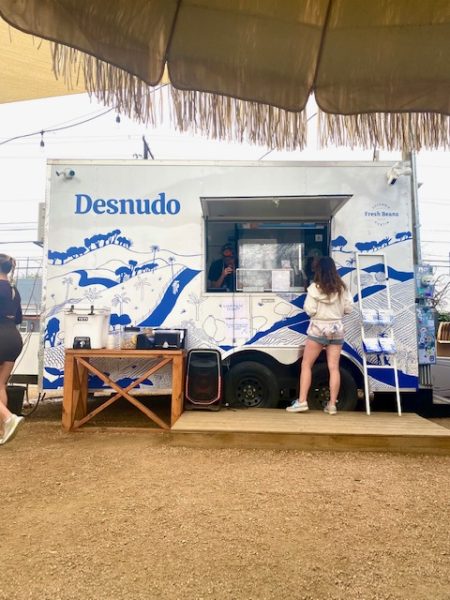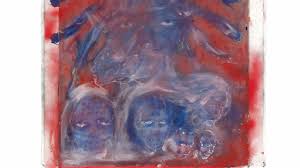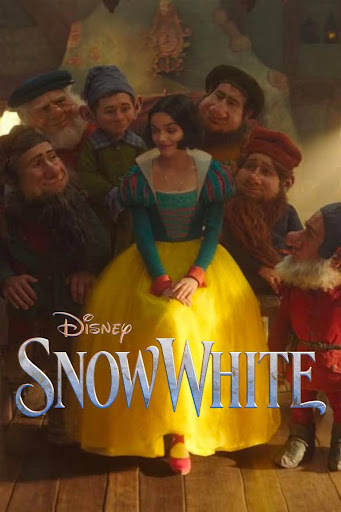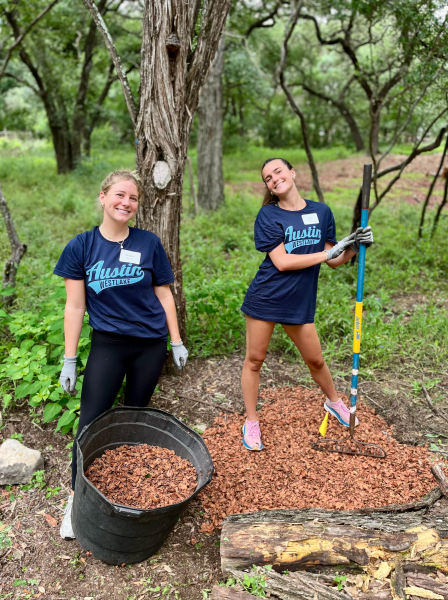Colombian student relates to new Disney “Encanto”
From the authentic arepas to the realistic casita in the hidden mountains of Colombia, Disney’s newest film as of Nov. 24th, Encanto’s charm is truly magical and is having a mesmerizing effect on all of its viewers.
Growing up as a half-Colombian little girl, I never saw much representation of what I related to. It is very empowering and refreshing to see the positive impact this movie has made on so many people and Colombia is being depicted in such a charming way.
Encanto, a Spanish word meaning enchanted or charming, provides a dazzling idea and atmosphere in which the Madrigal Family navigate life as magical characters. The whole premise of the movie is that the Madrigal family, all have a specific gift based on their role in the casita (house) located in the magical region in the mountains of Colombia.The main character, Mirabel, one of three sisters that lives in the casita with the rest of her family, has no gift – which is unusual because the rest of her family all have powerful gifts. Mirabel struggles to find her way in life being different from everyone else. While her family’s magic grows weaker, she goes the distance to help her family.
The Madrigal family’s roots in the mountains of Colombia came from Abuela Alma and her late husband Pedro’s move to the area. When discovering the land, Pedro had been killed and the magic found Abuela Alma, creating the magical realm of the casita and village. Mirabel struggles in trying to find herself and discover how she can support her family with no magic. She looks for answers as to why her family’s magic was fading and she took it on all by herself. Her sisters, Luisa and Isabella, finally open up to Mirabel with their issues that further confirm Mirabel’s need to help her community.
The entire movie focuses on how Mirabel takes on the adventure while still in her house. This is a Latin American concept woven with magical realism. Magical realism is the depiction of a real world with magic going on behind the scenes. While the environment in the movie is a real place in certain areas of South America, the magic adds a level of suspense that Disney creates in most movies. Through the hidden magic, the film was able to dive deeper into the family’s connections and struggles.
In addition, this Disney film featured traditional Colombian music using Latin American instruments and some songs being sung in Spanish. These songs were written by Lin-Manuel Miranda (Puerto Rican), and a popular Colombian artist, Carlos Vives. Some of Miranda’s most popular features are “Hamilton” and “In The Heights” that have both been big hits. The film hit Disney Plus on Dec. 24, quickly gaining more traction. Personally, I enjoyed all of the music, especially the songs “We Don’t Talk about Bruno” and “Dos Oruguitas.” There is a wide range of genres of music within the film. According to People magazine, as of Jan. 18, “We Don’t Talk About Bruno” is the highest ranked Disney song on the charts since 1995, taking spot number 4 on the Billboard Hot 100 chart and even surpassing Disney’s “Let It Go” from Frozen.
Even the food in the movie looks very realistic. Seeing the arepas con queso, huevos pericos (eggs with tomato and onion) and the ajiaco (potato and chicken based soup) served in traditional Colombian dishes warms my heart. Those small details shown on the table during dinner, like the fresh looking lulo juice (very popular fruit juice), depict delicious Colombian flavors. The Colombian lifestyle is finally being put on display for the world to see.
Being half-Colombian, it is nice to see a light-hearted depiction of Colombia and its culture. This movie and its music bring light to cultures often overlooked and represent real communities that can be found in most South American countries. Disney has never really done any Latin American representation in any of their films. Now with Encanto, many types of people are represented, from the Luisa’s of the world to the Bruno’s of the world, everyone has a place. Personally, I’ve been visiting family and going to Colombia for as long as I can remember. When outside of the big cities, the rural areas often resemble little villages. It is refreshing to see the directors and writers portray sides of Colombia that not many people have seen or experienced. The vibrant, lush and colorful environment that is illustrated within the movie represents Colombia’s natural beauty.
The main message within the film is finding yourself and being secure with who you are. It is quite cliche, but nonetheless true. Especially today with social media, most people are constantly trying to fit in and belong. Additionally, the family bonding and dynamics in the movie can be relatable to many viewers as these are realistic problems in family bonds. Themes of acceptance and compassion are presented as familial relationships mend and the characters show vulnerability.
The story follows the journeys of each character breaking out of their shell and trying to find themselves. The song “Dos Oruguitas” abides by that message and is roughly translated to “breaking out of one’s cocoon.” That also ties into the obsession in the movie with butterflies, or in Spanish, “mariposas.” We all know how it goes: you start out as a caterpillar (oruguita), and blossom into an elegant butterfly becoming your true self. This ties into the many examples of blatant symbolism that can be found, like the cracks of the house that add to the constant character and setting development. The cracks in the casita themselves signify that flaws or insecurities should be viewed as positives. Similarly, Mirabel’s repeated metaphor of her family being constellations, connects to the family’s origin in the area and their descendants. The tiny little details and symbols woven in, added depth and made the film better in my opinion.
Through the songs, food and overall culture displayed in Encanto, this film was a cultural experience and a heartwarming story about finding and being secure with yourself and being secure in yourself. Seeing this movie for the first time as a half-Colombian young woman, the representation of Colombian culture in Encanto is sincerely magical.
Click here to learn more about “We Don’t Talk About Bruno.”

